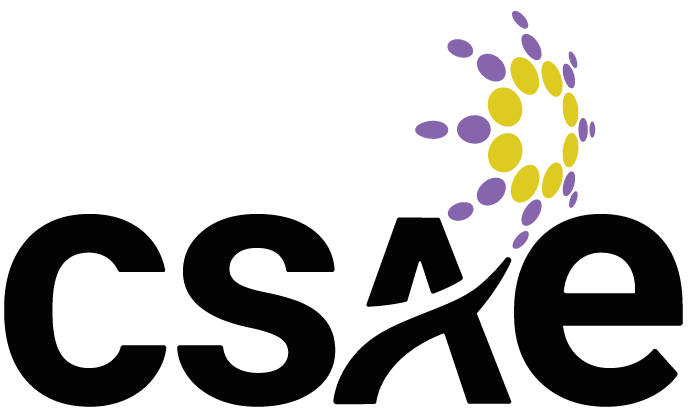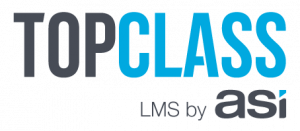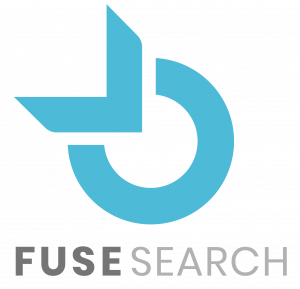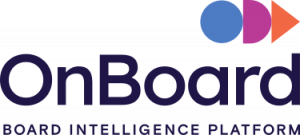The Evolution of Employee Compensation Models in Associations

Over the past decade, associations have been reevaluating their employee compensation models, moving beyond traditional merit-based approaches to more comprehensive and personalized methods. This shift has been driven by the need to address the limitations of traditional pay models and to better align compensation with the diverse needs and preferences of employees.
Post-Pandemic Trends in Compensation and Benefits
In the wake of the pandemic, associations have placed greater emphasis on incentive plans over traditional base pay, with a focus on performance and skillset over educational qualifications or seniority. This shift reflects a growing recognition of the importance of flexibility and adaptability in employee compensation.
Rhonda McIntyre, CAE, senior director of integrated services at CSAE, states, “A comprehensive benefit package has become much more important post-pandemic. In response to needs identified in employee engagement surveys, CSAE has added such benefits as a wellness allowance, the ability to switch certain statutory holidays for days of personal significance, and flexibility in our remote workplaces to better support a team member’s work-life balance and well-being. Associations need to be more creative and open-minded when looking at ways to support their teams.”
Personalized Benefits and Wellness Programs
According to the Canadian Institute of Health Information, healthcare spending has increased significantly in recent years, posing challenges for employers seeking to provide comprehensive benefits packages. In response, associations are enhancing healthcare and family benefits to better meet the diverse needs of employees, including expanded parental leave policies, childcare assistance programs, and personalized wellness programs.
According to the 2024 CSAE Benefits and Compensation Report, almost 90% of participants reported that their organization offers health benefits to at least one level of staff, and they are less common at the C-suite, executive and non-management levels. Between 95% – 97% of staff at other levels receive at least some health benefits.
To beat the increasing healthcare costs, companies are increasingly offering personalized wellness programs that cater to employees’ specific health needs and preferences. These programs may include fitness challenges, mental health support, nutrition counseling, and access to mindfulness resources, all tailored to individual interests and goals.
Non-Standard Benefits and Recognition Programs
According to a survey conducted by Hub International, the changed outlook on employee compensation was needed not just for the benefit of the employees but also for maintaining the organization’s reputation.
Associations are also offering non-standard benefits, such as fringe benefits, flexible work arrangements, and customizable compensation packages, to support employees’ unique needs and preferences. Recognition and rewards programs are being implemented to acknowledge employees’ contributions and achievements, and personalized learning and development programs are being offered to support career aspirations and skill development.
According to the 2024 CSAE Benefits and Compensation Report, about 96% of associations offer some fringe benefits to at least one staff member. These include fee coverage for professional development, CSAE membership, home office equipment, and many more.
Retirement Savings and Financial Wellness
In response to growing financial stress among employees, associations are expanding their benefits offerings to include personalized financial wellness programs, including financial planning resources, debt management assistance, and employer contributions to retirement savings plans.
ccording to the 2024 CSAE Benefits and Compensation Report, almost 80% of participants reported that their organization offers retirement benefits to at least one level of staff. At only 80%, CEOs are the least likely to receive retirement benefits among the management levels while the other three management levels receive the same benefits between 85% – 93%.
Key Takeaways
The shift towards personalized benefits reflects a growing recognition of the importance of flexibility and adaptability in employee compensation. By offering tailored benefits, associations can promote greater satisfaction, engagement, and retention in the workforce.
Learn more such key trends by purchasing the 2024 CSAE Benefits and Compensation Report today.





















